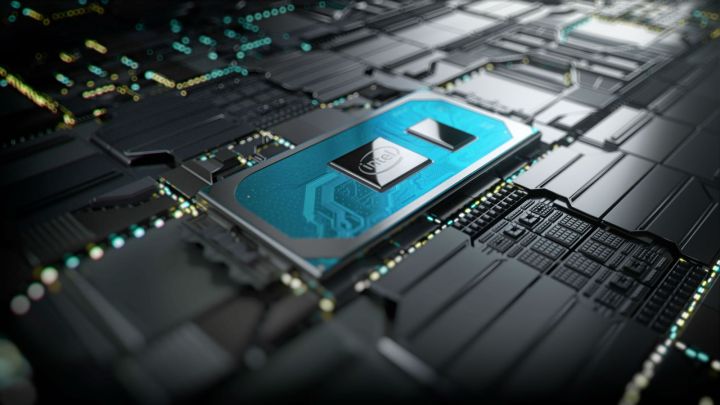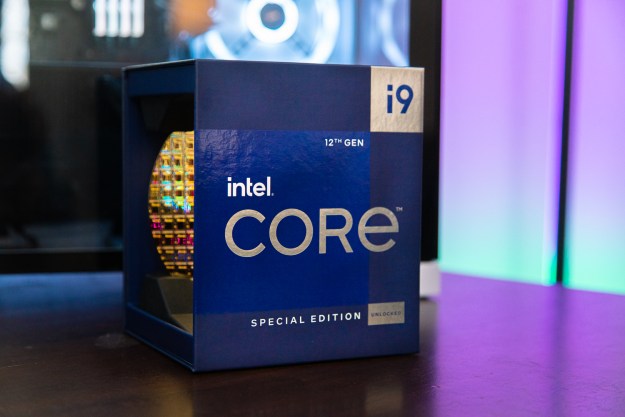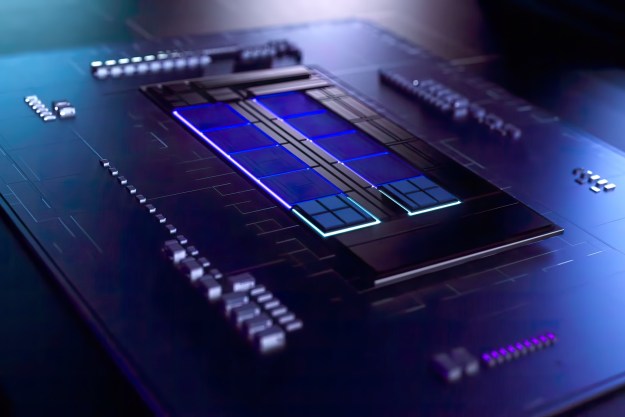
Intel announced its second round of 10th-generation mobile processors, this group being code-named Comet Lake. Unlike Ice Lake, the company’s first 10nm processors, these new Comet Lake chips have a more traditional architecture, still based on the 14nm process Intel has been refining for many years.
While these are still U-series and Y-series chips, Intel has a trick up its sleeve: Six-cores chips in 15-watt laptops. Here’s the rundown of what Intel has announced.
U-series Comet Lake chips
The U-series cards are Intel’s most common mobile processors, popping up in everything from the 13-inch MacBook Pro to the Dell XPS 13. They are scaled-down, low-power processors with a limited, 15-watt TDP (or can be configured up to 25 watts by manufacturers).
Unlike with Ice Lake which focuses on graphics capability, Comet Lake processors use a more traditional nomenclature. The U or Y designation is tagged on the end, clearly splitting the two series apart from one another.
| Cores/Threads | Graphics (execution units) | Cache | Base clock | Boost clock (single-core) | Boost clock (all-core) | TDP | |
| Intel Core i7-10710U | 6/12 | 24 | 12MB | 1.1GHz | 4.7GHz | 1.15GHz | 15w/25w |
| Intel Core i7-10510U | 4/8 | 24 | 8MB | 1.8GHz | 4.9GHz | 1.15GHz | 15w/25w |
| Intel Core i5-10210U | 4/8 | 24 | 6MB | 1.6GHz | 4.2GHz | 1.10GHz | 15w/25w |
| Intel Core i3-10110U | 2/4 | 23 | 4MB | 2.1GHz | 4.1GHz | 1.00GHz | 15w/25w |
In its 10th generation, the U-series chips still come in the three basic forms: Core i3, Core i5, and Core i7. But this time around, a more powerful top-end processor has been introduced, the Core i7-1071U. The chip marks the first time we’ve seen a six-core processor in a 15-watt envelope.
The previous Whiskey Lake processors topped out at four cores, while six cores had been reserved for more powerful H-series featured in
It should be noted that while the Core i7-10710U features more cores (and a larger cache), the Core i7-10510U has higher clock speeds across the board.
Outside of that top-spec part, the other processors get a much less noticeable upgrade. Rather than arrive at the 10th generation with a bang, these processors get a marginal frequency bump in its single-core turbo, and that’s about it. Using a Core i5 on a brand new laptop in 2019 will feel very similar to 2018. The Core i3 still includes just two cores, which the Ice Lake line had remedied.
Y-Series Comet Lake chips
The Y-series is Intel’s ultra, ultra-low power line, featuring the lowest TDP of any of its Core processors. In the past, these have been limited to just two cores, appearing in fanless laptops like the MacBook Air or HP Spectre Folio. They’re a bit more of a rare bird, but with this 10th-gen update adds some much-needed power to these highly efficient parts.
| Cores/Threads | Graphics (execution units) | Cache | Base clock | Boost clock (single-core) | Boost clock (all-core) | TDP | |
| Intel Core i7-10510Y | 4/8 | 24 | 8MB | 1.2GHz | 4.5GHz | 3.2GHz | 4.5w/7w/9w |
| Intel Core i5-10310Y | 4/8 | 24 | 6MB | 1.1GHz | 4.1GHz | 2.8GHz | 5.5w/7w/9w |
| Intel Core i5-10210Y | 4/8 | 24 | 6MB | 1.0GHz | 4.0GHz | 2.7GHz | 4.5w/7w/9w |
| Intel Core i3-10110Y | 2/4 | 24 | 4MB | 1.0GHz | 4.0GHz | 3.7GHz | 5.5w/7w/9w |
Outside of the base-level Core i3, all these new Y-series processors are now bumped up to four cores. Unlike the Ice Lake parts, these CPUs don’t have to dip base clocks quite as low. Other than that, these Comet Lake chips look awfully similar to the Ice Lake ones. The most discernible difference is graphics, of course.
A big push behind Ice Lake was its new integrated graphics, now known as Iris Plus. These upgraded graphics are limited to the higher-end chips, but they do should provide a meaningful boost in graphics. Intel promises decent 1080p gaming on medium settings, comparable to an MX250 discrete GPU. But across all these Comet Lake chips, it’s the same bad, discrete graphics you’re used to.
Confused yet?
This puts both buyers and manufacturers in a bit of a strange scenario. Outside of graphics, Comet Lake processors are more powerful in just about every way, meaning they will likely be the choice for most of our favorite laptops, whether that’s the Dell XPS 13 or the Surface Pro.
Ice Lake, on the other hand, seems reserved for more adventurous designs, such as the ultra-thin Dell XPS 13 2-in-1. Until we hear more announcements from manufacturers, however, we can’t know for sure. Clearly, Intel isn’t ready to put all its eggs in the 10nm basket, making the introduction of Comet Lake a safe move.
Intel says there are as many as 85 laptops to roll out this year using Comet Lake chips, though very few have been announced so far. Previous reports have claimed 10th-gen desktop won’t be out until 2021, though the company didn’t provide any further updates.
Editors' Recommendations
- Intel 14th-gen Meteor Lake: architecture, specs, and performance
- Intel’s Core Ultra CPUs are more Apple, less AMD
- Intel’s 14th-gen Raptor Lake refresh might be a major disappointment
- Intel Raptor Lake CPUs: Everything we know about the 13th-gen processors
- Intel 13th-gen Raptor Lake arrives just in time to hit back at AMD


